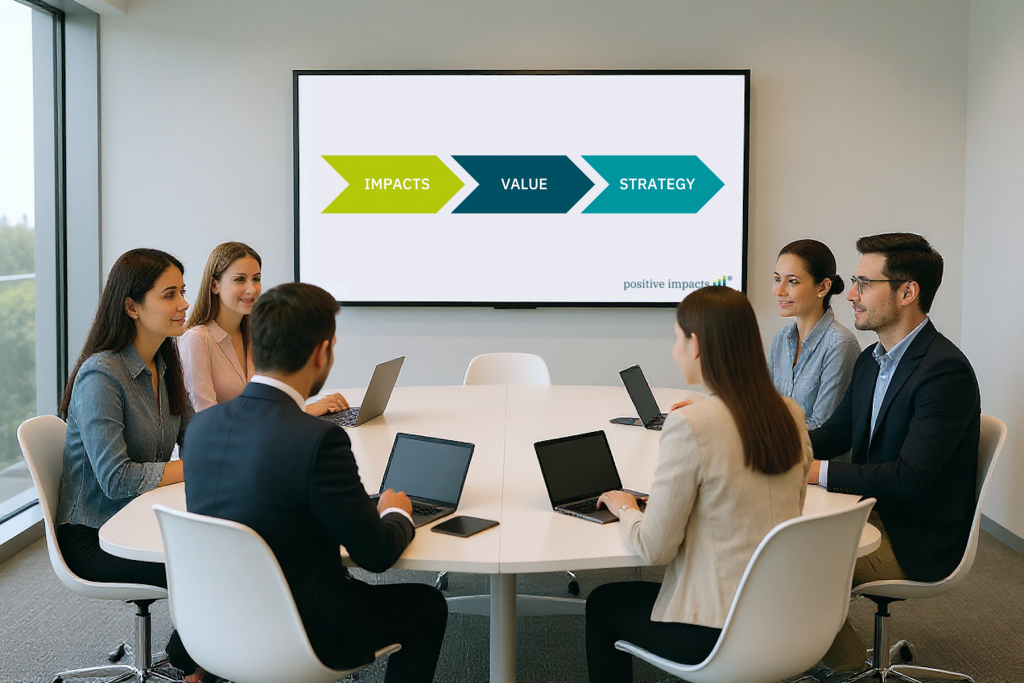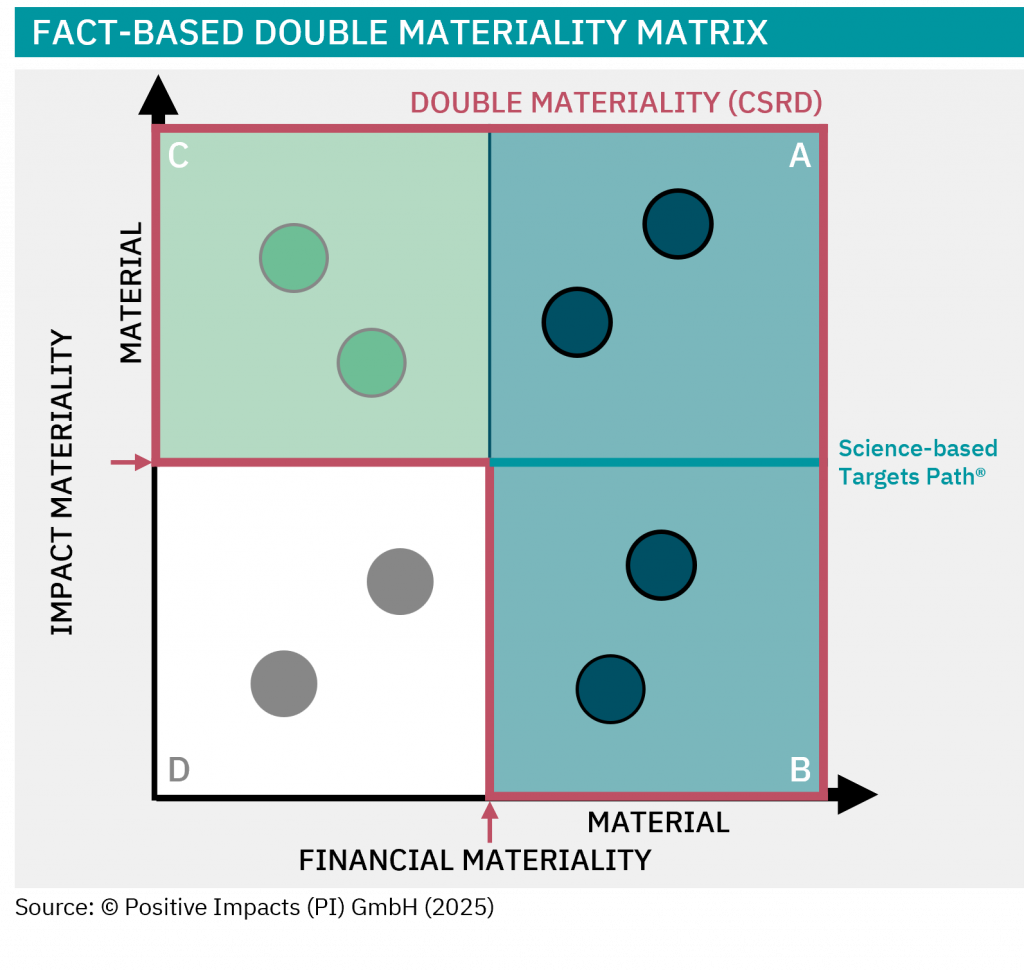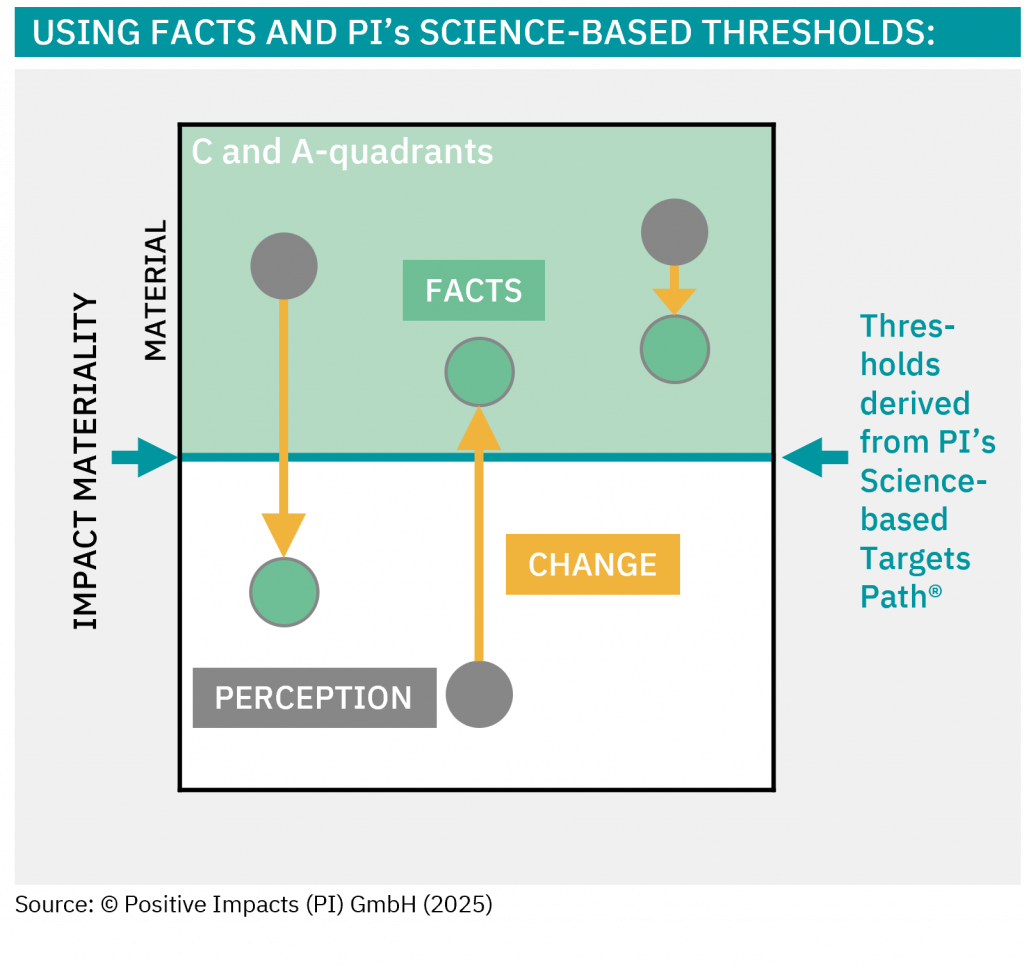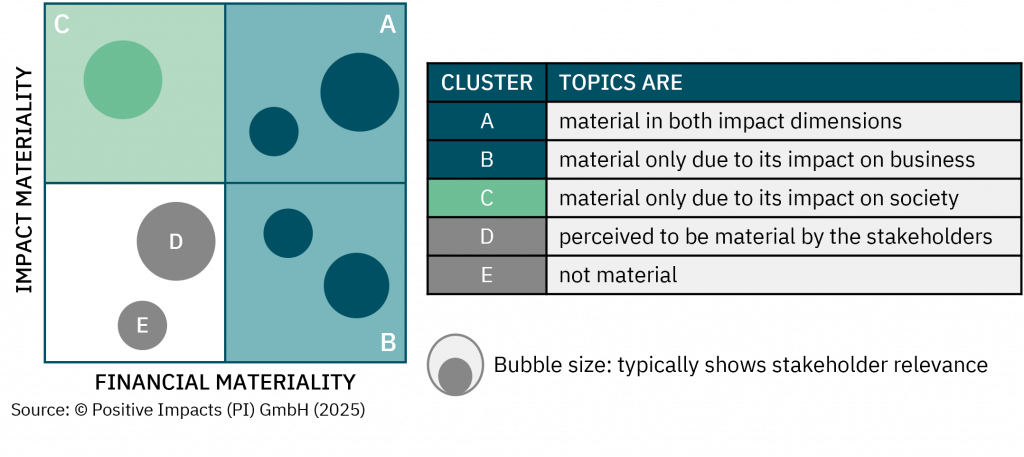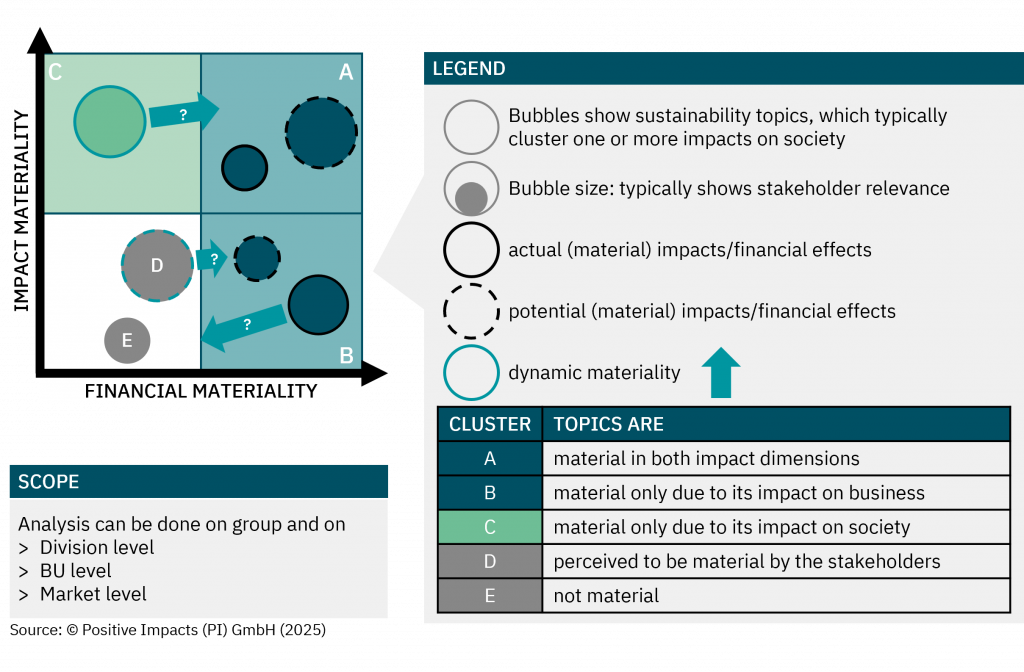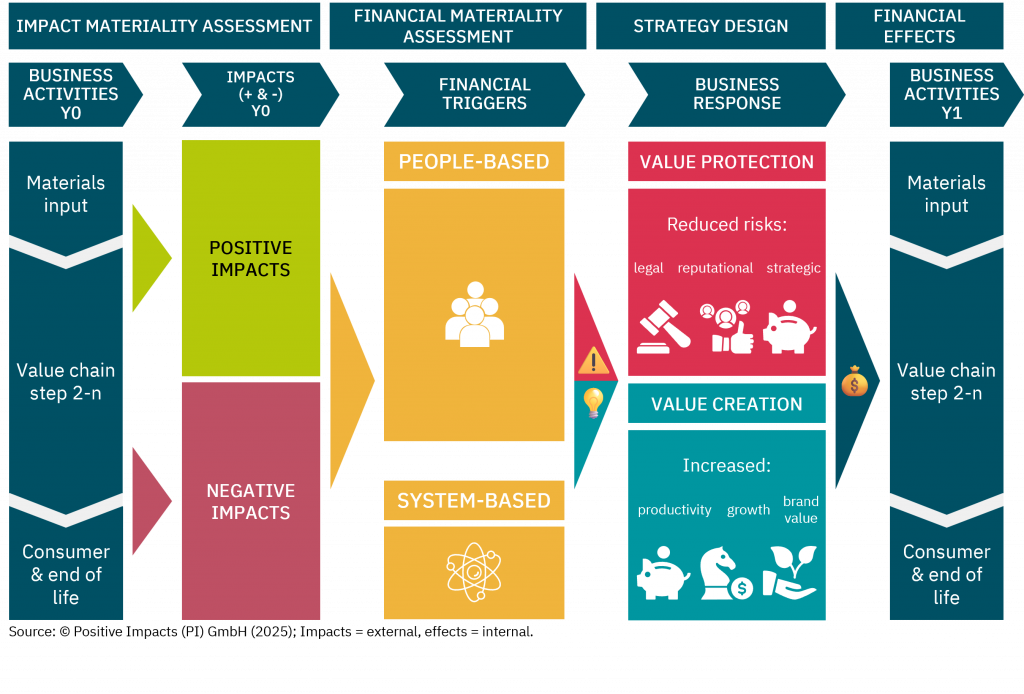Evolution of Materiality & Frameworks
Duration Lecture: 2 hours (+ pre-recorded 30–45 min & 1-hour deep-dive/Q&A)
Learning objectives:
Understand the evolution from financial materiality to double materiality.
Distinguish between assessment and definition of materiality.
Compare major frameworks (CSRD/ESRS, GRI, ISSB/SASB, TCFD, TNFD).
Key takeaway: how frameworks differ from each other and which ones are most interesting for your organization



